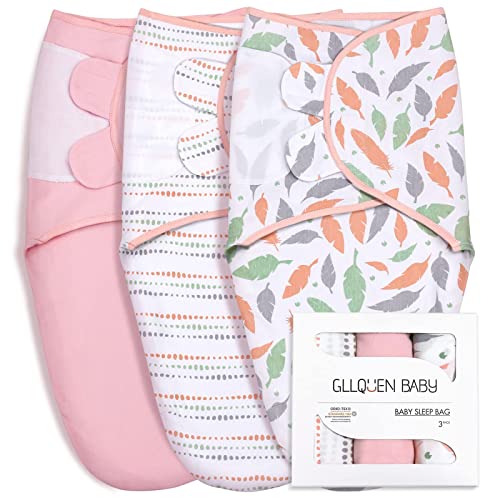Swaddle Wraps for Older Babies: Exploring the Options
Swaddle wraps have long been a go-to choice for parents of newborns and young infants. The snug and secure feeling of being wrapped up can help soothe babies and promote better sleep. But what about older babies? Can swaddle wraps still be used for them? Let’s explore the options and considerations.
Understanding the Purpose of Swaddle Wraps
Before diving into whether or not swaddle wraps can be used for older babies, it’s important to understand their purpose. Swaddle wraps are primarily designed to mimic the feeling of being in the womb. The secure and snug wrap helps babies feel safe and reduces their startle reflex, which can disrupt sleep.
Typically, swaddle wraps are used during the first few months of a baby’s life when they are still adjusting to the outside world. The swaddling technique can be effective for calming babies and improving their sleep patterns.
When to Transition Away from Swaddle Wraps
As babies grow and develop, their sleep patterns and needs change. Most pediatricians suggest transitioning away from swaddle wraps once a baby starts showing signs of rolling over or trying to do so. This usually happens around 3 to 4 months of age.
Rolling over is an important milestone for babies, and continuing to use swaddle wraps can pose a safety risk. When a baby is swaddled and rolls over onto their stomach, it can increase the risk of suffocation or preventing them from moving freely.
It’s important to listen to your pediatrician’s advice and pay attention to your baby’s development to determine when it’s time to stop using swaddle wraps.
Alternative Options for Older Babies
Once you’ve reached the point where it’s time to transition away from swaddle wraps, there are a few alternative options you can consider:
– Sleep sacks: Sleep sacks are a popular choice for parents transitioning away from swaddle wraps. These wearable blankets provide a cozy and secure feeling without restricting movement or posing a safety risk.
– Transitional swaddle wraps: Some companies offer transitional swaddle wraps that have adjustable wings or straps. These wraps allow you to gradually transition your baby out of full swaddling by loosening the snugness or allowing them to have their arms out while still having the feeling of being contained.
– Sleep associations: As babies grow, they start developing sleep associations with certain objects or routines. You can try introducing a lovey, such as a small blanket or stuffed animal, to help provide comfort and promote better sleep without the need for swaddle wraps.
Safety Considerations
When using swaddle wraps or any other sleep aid, safety should always be a top priority. Here are some important safety considerations:
– Choose swaddle wraps that are made of breathable and lightweight materials to reduce the risk of overheating.
– Avoid using swaddle wraps that are too tight or restrict your baby’s movement.
– Follow the manufacturer’s instructions for how to properly use the swaddle wraps or sleep sacks.
– Remove any loose items from the crib that could pose a suffocation risk, such as blankets or stuffed animals.
Individualized Approach
It’s important to remember that every baby is different, and what works for one may not work for another. When determining whether or not swaddle wraps can be used for older babies, consider your baby’s specific needs and development.
Consulting with your pediatrician can provide valuable insights and help guide your decisions. They can offer personalized recommendations based on your baby’s age, development, and sleep patterns.
In conclusion, while swaddle wraps are typically used for newborns and young infants, they are not recommended for older babies once they start showing signs of rolling over. It’s important to transition away from swaddle wraps to ensure your baby’s safety and promote their development. There are alternative options available, such as sleep sacks and transitional swaddle wraps, which can provide a sense of security and comfort without posing a risk. Always prioritize safety and consult with your pediatrician for guidance on your baby’s specific needs.






